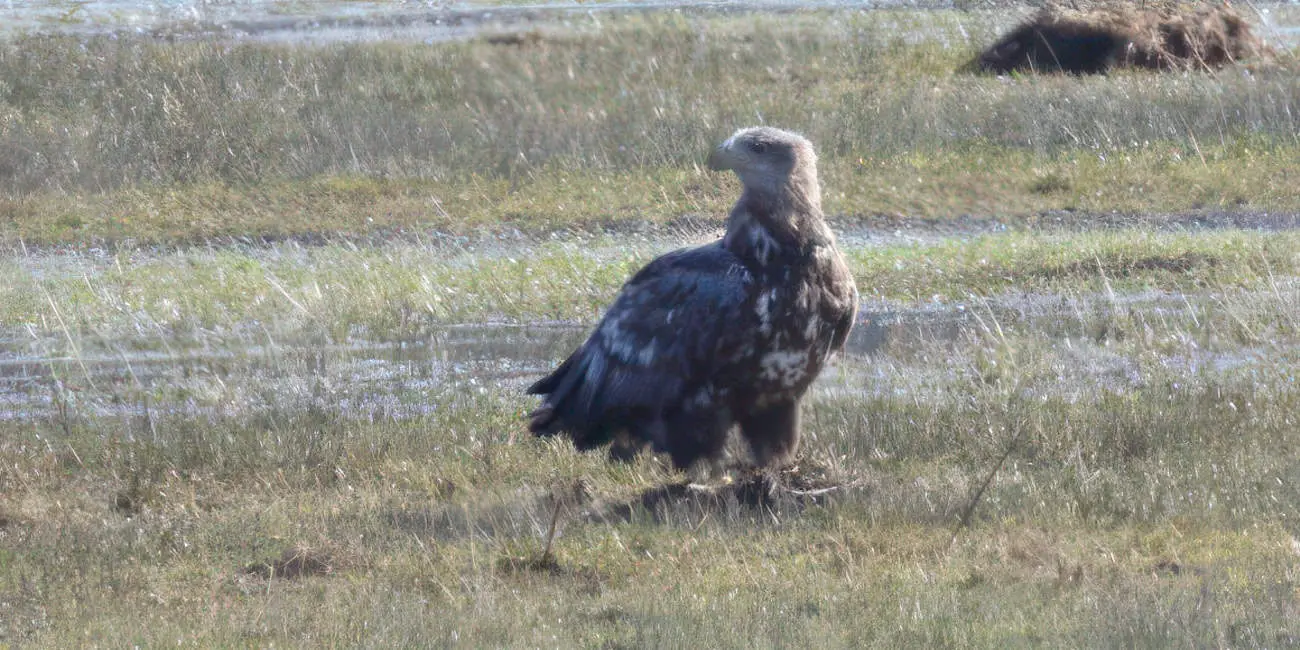One of the White-tailed eagles that was released on the Isle of Wight in 2021 has just travelled a whopping 2062 km in just 22 days.
The White-tailed Eagle project, a collaboration between Forestry England and the Roy Dennis Wildlife Foundation, shared news this week of yet another milestone in the project.
There have been 25 White-tailed eagles released on the Isle of Wight since 2019, as part of the scheme to reintroduce the majestic birds to the South East of England after 200 years.
Following in the wingbeats of G463 to cross the English Channel (read their story), the female eagle G818, released in 2021 after being translocated from the Isle of Lewis, has been showing the typical nomadic behaviour of young eagles before they settle.
Wandering the skies
After spending time in the Avon valley near the Dorset-Hampshire border, G818 embarked on a significant journey.
On 22nd March, she travelled from Christchurch Harbour, across the Isle of Wight, and over to northern France. There, she explored various natural parks and coastal regions, covering over 300km in just one day.
Explorations in Normandy and Brittany
Her travels took her through Normandy, where she visited the wetlands of Parc des Marais du Cotentin and the iconic Mont Saint-Michel area.
She even ventured into Brittany, frequenting the Réserve Naturelle Régionale du Marais de Sougéal, where she was photographed hunting wildfowl.
Heading back home
After several days in France, where she roamed extensively, G818 began her journey back to England on 8th April.
She navigated a return route over the English Channel and, over the following days, travelled through South Downs and the New Forest, finally returning to her favoured location in the Avon valley.
A young eagle’s learning curve
In total, G818 covered an impressive 2062 km in just 22 days, demonstrating the extensive range and resilience of young white-tailed eagles.
Her journey provides valuable insights into the habits and challenges faced by these magnificent birds as they find their place in the world.
See the Roy Dennis Wildlife Foundation website for more detailed information. Our thanks to Maude Bachet for use of her image.





